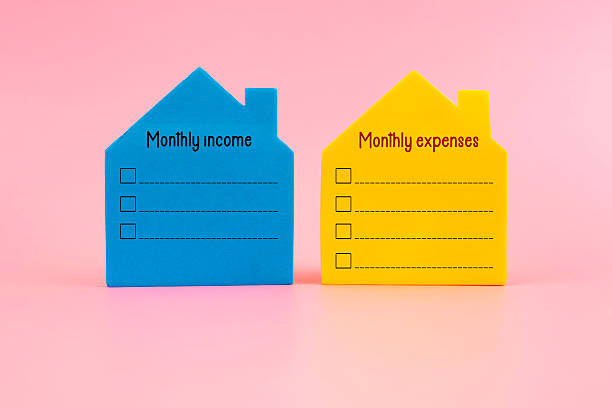 The most effective strategy for managing overextended personal debt is to prevent it from occurring in the first place. This requires a shift in financial mindset from reactive to proactive, building a foundation of habits and safeguards that prioritize long-term stability over short-term gratification. Prevention is not about deprivation, but about creating a resilient financial structure that can withstand life's inevitable surprises without collapsing into a cycle of borrowing.The cornerstone of prevention is the cultivation of a realistic and intentional budget. This living document should clearly delineate between needs and wants, ensuring that essential expenses and savings are prioritized before discretionary spending. A meticulously followed budget acts as an early warning system, highlighting negative cash flow trends long before they escalate into crisis. It instills a discipline of spending within one’s means, making the use of credit for everyday living a conscious choice rather than a default necessity.Crucially, this practice must be paired with the diligent building of an emergency fund. This financial buffer is the primary defense against income shocks and unexpected expenses. Even a small fund of a few hundred dollars can prevent a minor car repair from triggering a high-interest credit card charge. Over time, the goal is to accumulate three to six months' worth of living expenses, which effectively severs the link between life’s unforeseen events and the need for destructive debt.Furthermore, a preventive strategy involves a healthy skepticism toward debt instruments. This means understanding the true cost of borrowing, particularly for depreciating assets like automobiles, and avoiding long loan terms that create negative equity. It requires using credit cards as a tool for convenience, paid in full each month, rather than as a extension of income. Finally, it entails regularly calculating one’s debt-to-income ratio to ensure obligations remain at a manageable level relative to earnings. By embedding these principles into daily life, an individual can navigate their financial journey with confidence, ensuring that debt remains a useful servant rather than becoming a punishing master.
The most effective strategy for managing overextended personal debt is to prevent it from occurring in the first place. This requires a shift in financial mindset from reactive to proactive, building a foundation of habits and safeguards that prioritize long-term stability over short-term gratification. Prevention is not about deprivation, but about creating a resilient financial structure that can withstand life's inevitable surprises without collapsing into a cycle of borrowing.The cornerstone of prevention is the cultivation of a realistic and intentional budget. This living document should clearly delineate between needs and wants, ensuring that essential expenses and savings are prioritized before discretionary spending. A meticulously followed budget acts as an early warning system, highlighting negative cash flow trends long before they escalate into crisis. It instills a discipline of spending within one’s means, making the use of credit for everyday living a conscious choice rather than a default necessity.Crucially, this practice must be paired with the diligent building of an emergency fund. This financial buffer is the primary defense against income shocks and unexpected expenses. Even a small fund of a few hundred dollars can prevent a minor car repair from triggering a high-interest credit card charge. Over time, the goal is to accumulate three to six months' worth of living expenses, which effectively severs the link between life’s unforeseen events and the need for destructive debt.Furthermore, a preventive strategy involves a healthy skepticism toward debt instruments. This means understanding the true cost of borrowing, particularly for depreciating assets like automobiles, and avoiding long loan terms that create negative equity. It requires using credit cards as a tool for convenience, paid in full each month, rather than as a extension of income. Finally, it entails regularly calculating one’s debt-to-income ratio to ensure obligations remain at a manageable level relative to earnings. By embedding these principles into daily life, an individual can navigate their financial journey with confidence, ensuring that debt remains a useful servant rather than becoming a punishing master.
Refinancing a joint mortgage or auto loan into one spouse’s name removes the other’s liability. This prevents future payment failures from affecting both credit reports.
The goal is to create a large and growing gap between your income and your spending. This gap provides the capital to build wealth, achieve financial independence, and eventually use your money to fund the life you truly want, not just a more expensive version of your current life.
The priority is balance. You must aggressively attack high-interest debt while simultaneously beginning serious retirement savings. Neglecting retirement to pay off debt is a major mistake due to the power of compound interest.
Without an emergency fund, unexpected expenses like car repairs or medical bills must be paid with credit cards or loans, starting a cycle of debt that is hard to break.
If you are not already overextended, responsibly adding a single credit card can be a good way to build a positive payment history and establish a revolving credit account, thus diversifying your mix. However, you must use it sparingly and pay the balance in full each month to avoid new debt.